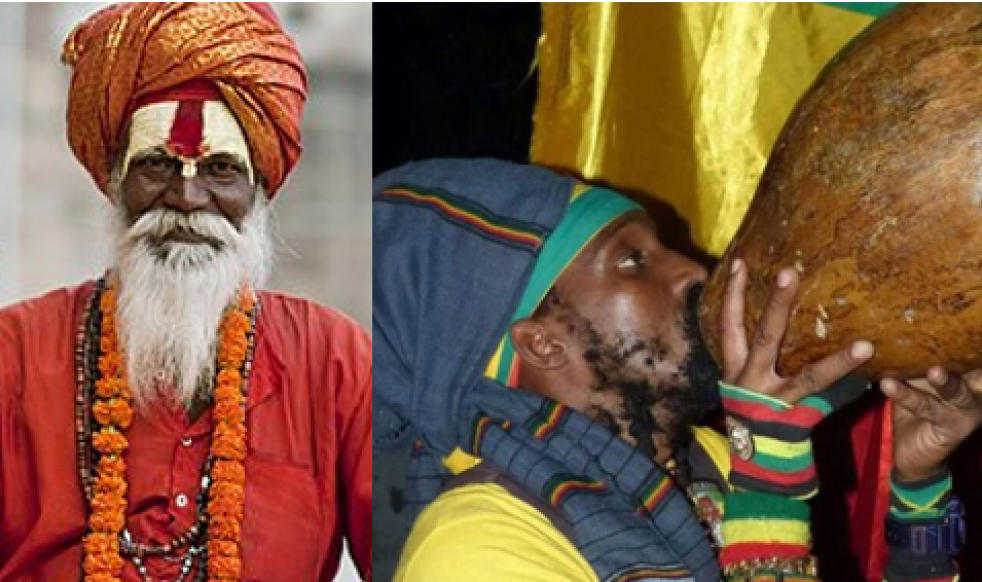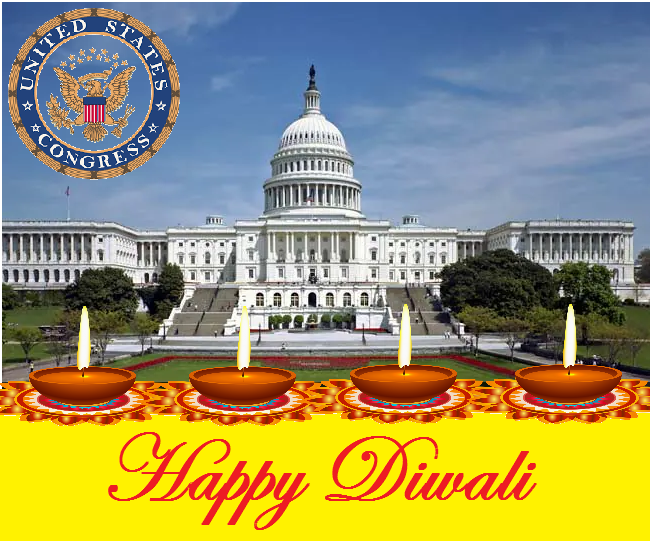The influence of Indian culture on Rastafarianism can be traced back to the mid-19th century when the British colonial government brought Indians to Jamaica as indentured labourers to work on sugar plantations after the abolition of slavery. The shared experience of oppression by the British created a bond between the Indians and Jamaicans, and over time, Indian culture permeated every aspect of life in Jamaica, including religion.
The Indian influence on Jamaican religion can be seen in the development of Rastafarianism, which emerged in the 1930s as a response to the social and economic conditions faced by black Jamaicans who were oppressed by colonialism and felt disconnected from their African roots. Indian culture and philosophies had a profound impact on Rastafarian beliefs and practices, infusing them with a rich tapestry of concepts that had developed over centuries. For instance, Rastafarians embraced the concept of reincarnation, a fundamental principle of Hinduism, which offered the hope of transcending the limitations of mortal existence. Similarly, the idea of detachment from material possessions, central to both Hinduism and Rastafarianism, provided a guiding principle for living a spiritually enlightened life.
Moreover, the impact of Indian culture on Rastafarianism can be seen in the use of marijuana. Indians introduced marijuana to the people of Jamaica as a means of achieving spiritual union with God, and this practice eventually became a key element of Rastafarian belief and practice. For Rastafarians, marijuana is a sacred herb that facilitates spiritual enlightenment and connects them with Jah (God). They believe that it opens the third eye, allowing them to access a higher level of consciousness. When they smoke marijuana, they experience a sense of oneness with the universe. This practice has its origins in Indian spiritual practices, where Hindu Sadhus have been meditating and using cannabis for thousands of years to facilitate communication with the divine.
The influence of Indian culture on Rastafarianism is also evident in the Rastafarian's unique hairstyle — dreadlocks. For both, dreadlocks signify the rejection of worldly pleasures and material detachment. The Sadhus believed that hair carries energy, and the longer it grew, the more they could use that spiritual energy to connect with God. Rastafarians see dreadlocks as a way to connect with their African roots and as a symbol of their rejection of Babylonian society and its standards of beauty. The dreadlocks represent simplicity, humility, and a rejection of vanity and materialism. The Rastafari movement also considers the biblical Samson and his long hair as a symbol of strength and power, which adds another layer of meaning to the tradition.
The cultural exchange between Indian and Jamaican culture has created a rich and diverse tapestry of beliefs and practices that continue to shape Rastafarianism today. The enduring legacy of Indian culture on Rastafarianism is a testament to the vitality of cultural exchange. The cultural overlap and commonalities between Indian and Jamaican culture also continue to serve as a reminder of the universality of the human experience.

 578 Views
578 Views 0 comments
0 comments

Comments